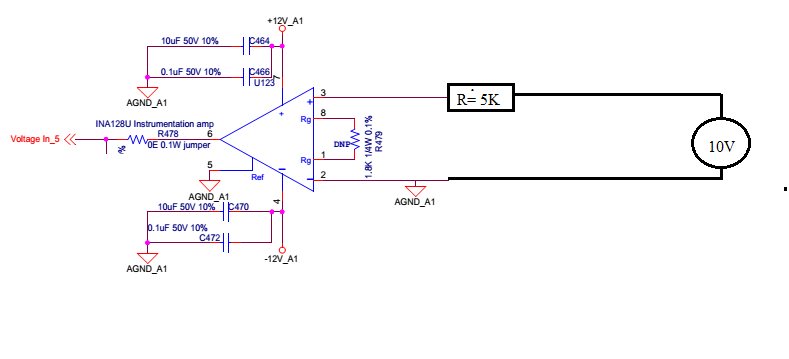Other Parts Discussed in Thread: INA326, INA828, TEST2
Dear Sir,
I am using INA128. I want to verify input impedance. As per the datasheet 10^10 ohm || 2pf. I measured current through ammeter as shown in the attachment. The current is unstable it is varies from 8 uA to 15uA.
In test 2, ammeter replaced by 5K resistor and then the voltage difference between with and without resistor 15mV and not stable varies from 7mV to 15mV.
So input resistance around 1M ohm. My requirement is at least 10 M Ohm. Please suggest is it test method has some problem or INA I am unable to conclude. If test method provide test method.
Regards,
Praveen





